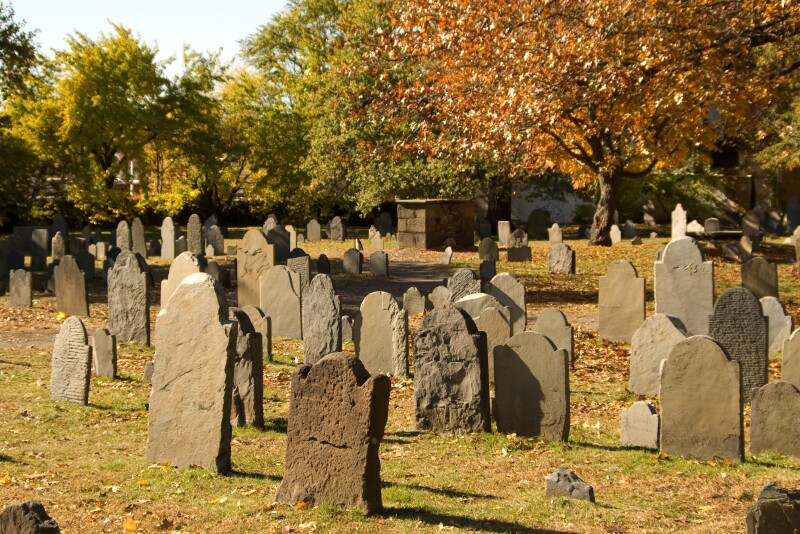Doctrine and Covenants 111 is a revelation given through Joseph Smith at Salem, Massachusetts, on Aug. 6, 1836. Joseph Smith, Oliver Cowdery, Sidney Rigdon, and Hyrum Smith traveled to Salem that summer to find hidden treasure.
But while they were there, they took interest in the Salem witchcraft trials.
Salem, Massachusetts, of course, is known for the Salem Witch Trials that began in 1692. The trials only lasted a year, but it has become what most people think of when they think about witch trials.
Why did Joseph Smith and others go to Salem?
Doctrine and Covenants 111:9 reads, “This place you may obtain by hire. And inquire diligently concerning the more ancient inhabitants and founders of this city.” With this instruction from God, Joseph Smith and his companions visited the East India Marine Society Museum.
Not only did they visit this museum, they visited the library and studied the Salem witchcraft trials. Cowdery wrote, “This witch business began in 1691, and was so effectually carried on for about two years that the innocent blood of hundreds moistened the earth to gratify the vile ambition of jealous mortals.” Then, he spoke about Mr. Parris’ children and how they were impacted by this movement. Mr. Parris was a priest who did not make enough money. His children were considered bewitched after Mr. Parris began preaching and people revolted.
You can read more about the group’s visit on Deseret News.

